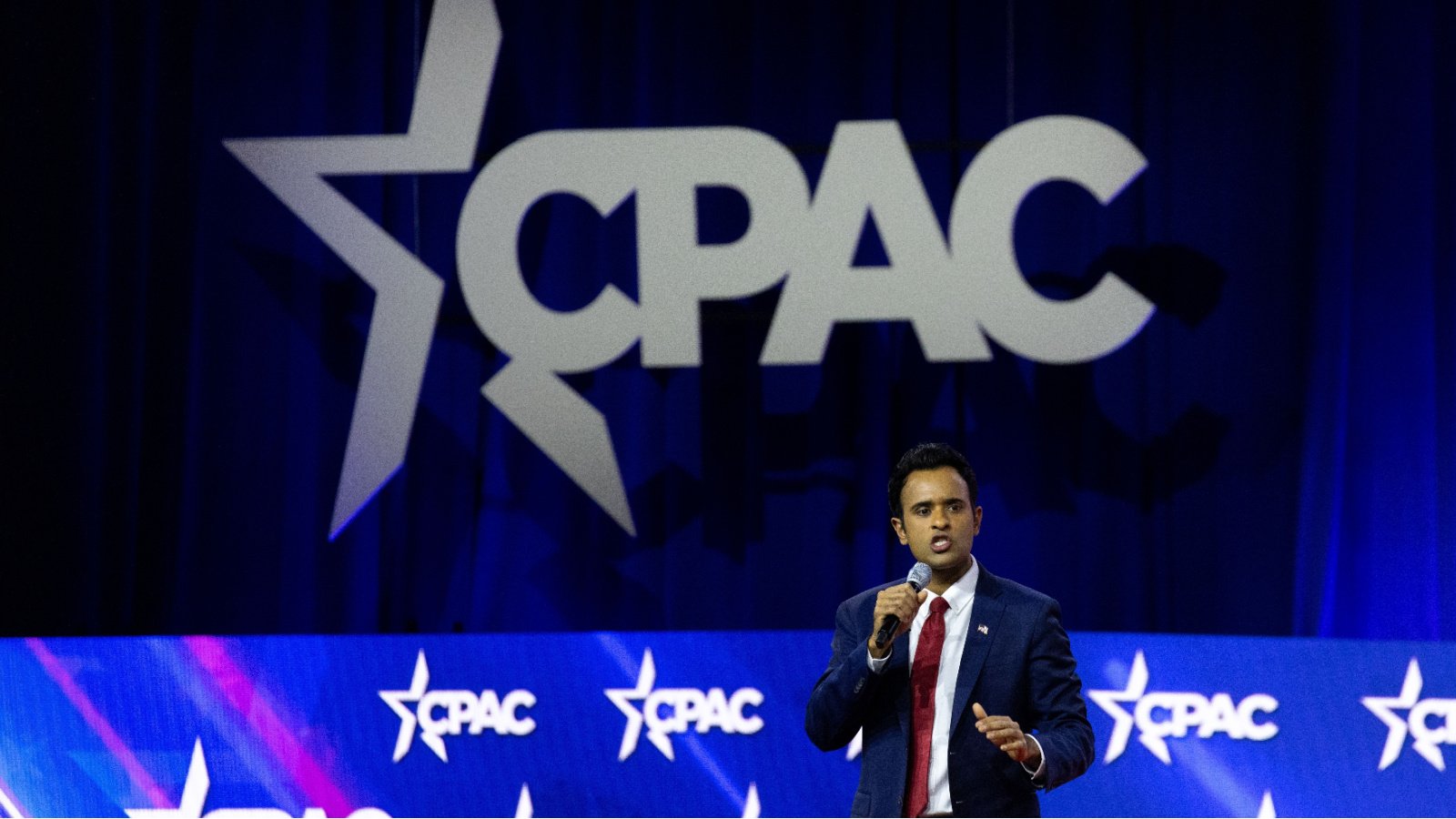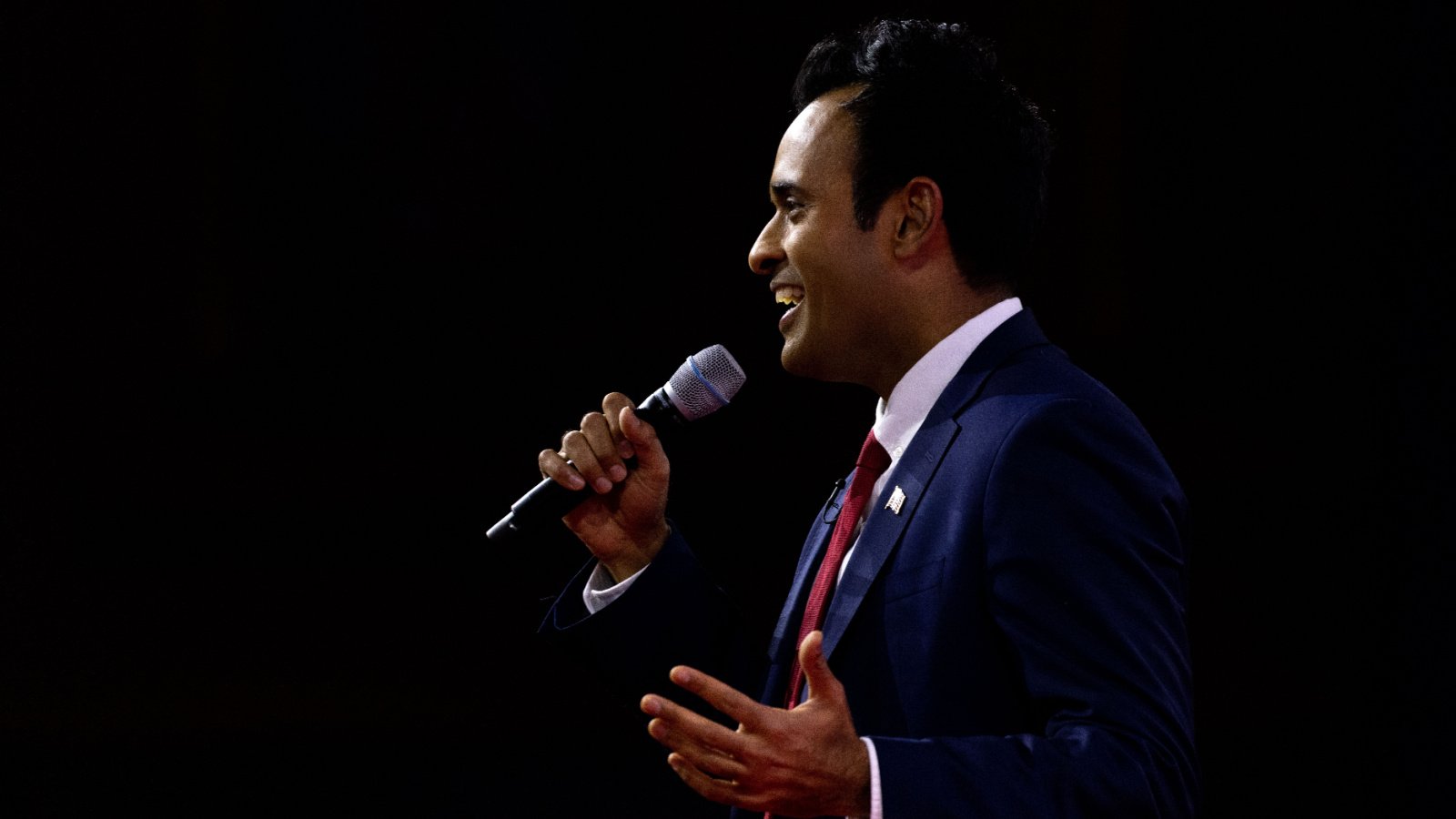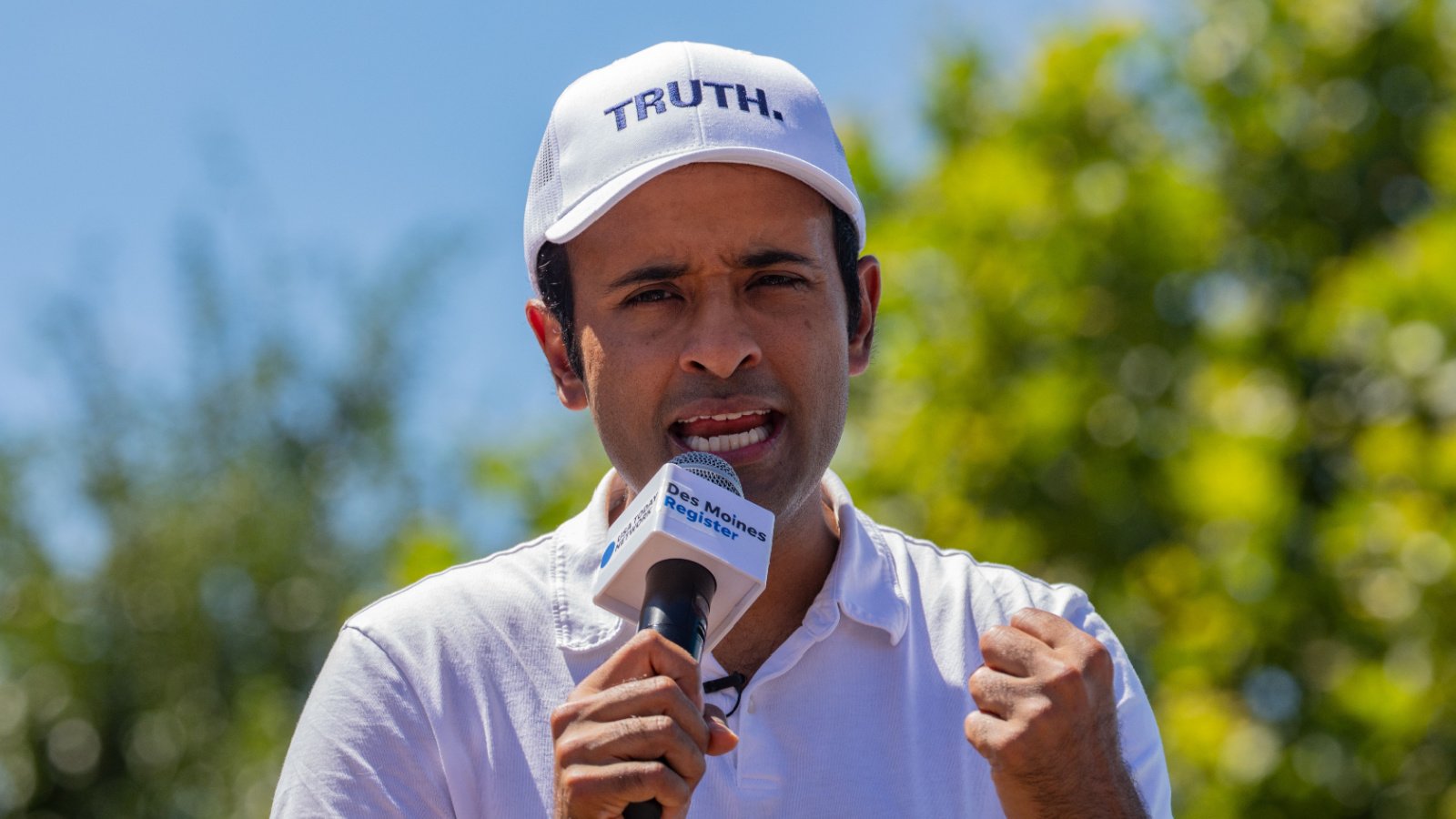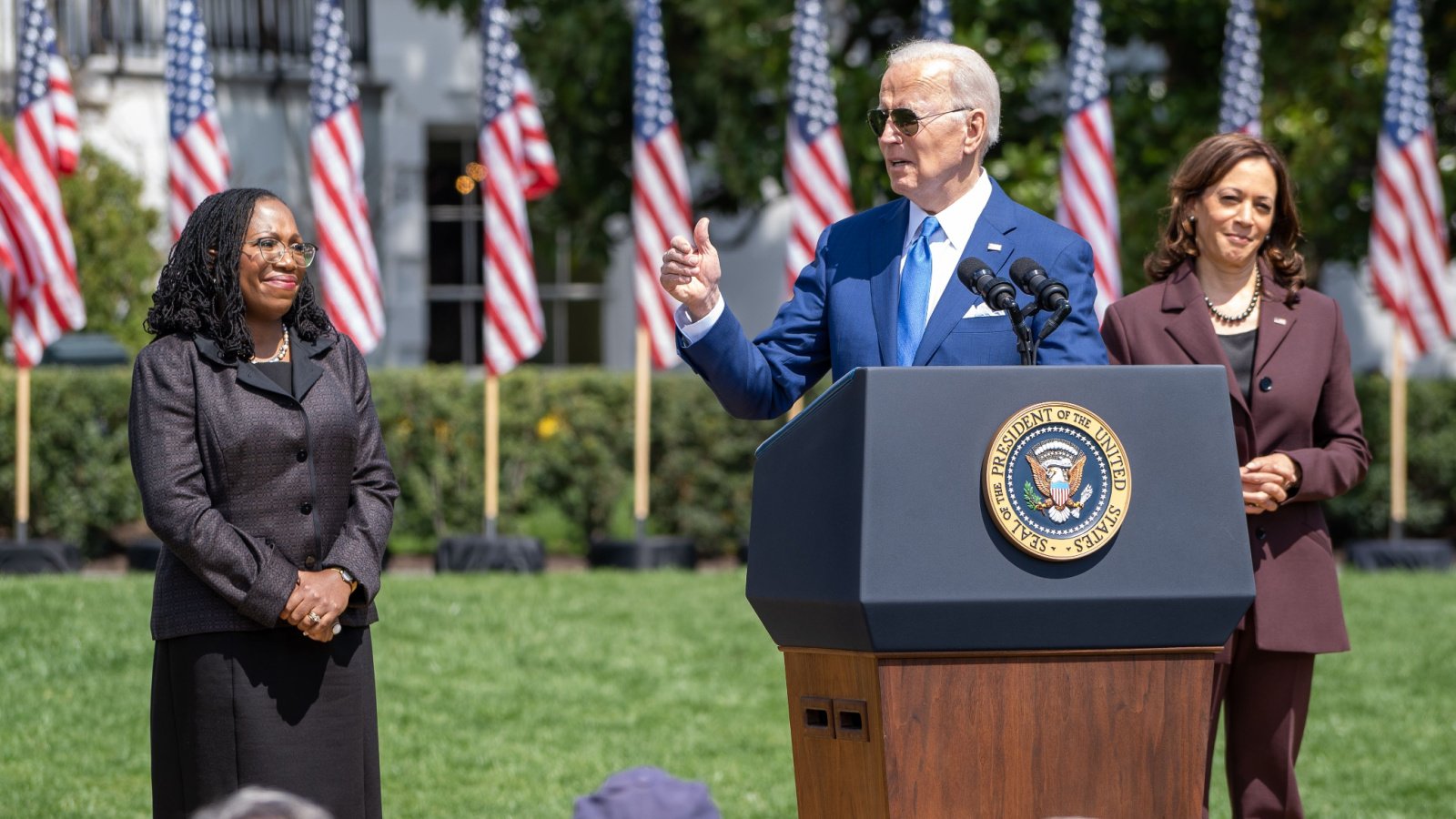Businessman Vivek Ramaswamy is running for the presidency, marking a bold entry into the political arena. By August, the 38-year-old entrepreneur emerged as a central figure in the first Republican primary debate, showcasing his youthfulness in a predominantly seasoned GOP field.
But who exactly is he, and what does he stand for? Ramaswamy’s campaign is anchored in his vision to rekindle what he perceives as America’s lost national identity, aligning closely with the “America First” doctrine, a legacy of his adversary and current Republican frontrunner, ex-President Donald Trump.
Upbringing

The son of Indian immigrants, Ramaswamy’s journey began in Cincinnati, leading him to the halls of Harvard and Yale Law School. His entrepreneurial acumen shone through with the founding of Roivant Sciences in 2014, now a $7 billion entity. Additionally, he co-founded Strive Asset Management, cementing his financial prowess with an estimated net worth of $630 million, according to Forbes.
Ramaswamy experienced a fleeting rise in popularity post the initial debate, only to find his momentum waning as the primary season inches closer, with Iowa’s caucuses set to commence in January.
As the 2024 election looms, here are Ramaswamy’s positions on several critical issues that top voters’ most pressing concerns.
Border Crisis and Immigration Issues

The candidate describes the U.S.-Mexico border as porous, likening it to “Swiss cheese,” and criticizes the current administration’s handling of the fentanyl crisis. He draws parallels between the U.S. border situation and Israel’s security challenges, viewing illegal immigration as a national security threat. He suggests deploying troops to the border and ending birthright citizenship for children of undocumented immigrants. His support for the “Remain in Mexico” policy aligns with the previous administration’s stances.
A Moderate Approach to Abortion

While he doesn’t support a federal ban on abortion, he indicates support for six-week bans in some states. He believes in exceptions for sexual assault and life-threatening situations for the mother. Sharing personal experiences, he underscores the sanctity of life, both born and unborn.
Combating Violent Crime and Improving Mental Health

The candidate emphasizes a tough stance on violent crime, advocating for the return of involuntary commitment in psychiatric institutions to address the rise in violent crimes. He proposes withholding federal funds from cities that fail to protect citizens from violent crime. In a significant moment at the first GOP debate, he discussed increasing the number of police officers and making it more challenging to sue them. Furthermore, he intends to dissolve the FBI, redistributing its resources to other agencies, including the Secret Service.
Perspectives on Global Conflicts: Israel, Palestine, and Ukraine

He expresses skepticism about full support for Ukraine in its conflict with Russia, often criticizing neoconservative stances on war. He proposed negotiating with Russia’s Putin to resolve the Ukraine conflict. His response to the Israel-Hamas conflict is cautious, advocating for a measured approach to avoid regional escalation, and while condemning Hamas, he urges careful U.S. involvement in the region.
Addressing the Fentanyl Crisis and Drug Cartels

He accuses Mexico’s leadership of being too lenient on drug cartels and suggests using military force against them. He characterizes the fentanyl epidemic as akin to bioterrorism, indicating a severe approach to this issue.
Strong Advocate for Gun Rights

Labeling himself a “Second Amendment absolutist,” the candidate believes even convicted felons should have the right to bear arms. He proposes the shutdown of the Bureau of Alcohol, Tobacco, Firearms and Explosives (ATF), arguing for its role in protecting communities against various violent and criminal activities.
Climate Change and Energy Policy

Skeptical of the mainstream climate change agenda, he supports the use of natural gas, nuclear, and coal energy. He plans to withdraw from the Paris Climate Accords, reflecting his stance on environmental policies.
Tackling China’s Global Influence

His foreign policy includes distancing from China, suggesting new trade deals, and bolstering domestic industries, particularly in semiconductor manufacturing. He advocates for regional allies like India and Japan to increase their defense budgets in response to China’s military aggression. He criticizes China’s role in the opioid crisis in the U.S., likening it to a “modern Opium War,” and simultaneously uses and criticizes TikTok as a tool for reaching young voters.
Reforming Education and Encouraging Civic Engagement

He proposes a civics test for young American voters and advocates for the dissolution of the federal Education Department, redirecting its funds to local authorities. He emphasizes parental control over educational decisions and vehemently opposes what he terms “woke culture” in schools, which he believes leads to indoctrination.
Family-Oriented Child Care Policies

The candidate holds traditional views on family structure and its importance in society. His stance on the CHIPS Act’s child care provisions remains unclear, reflecting a nuanced view on federal involvement in child care.
Proposed Reforms for Social Security

In efforts to save Social Security from insolvency, he suggests drastic spending cuts and reducing the federal workforce. His approach includes a unique method of firing federal employees based on the last digit of their Social Security numbers.
Economic Growth and Inflation Control

The candidate aims to boost the American economy, targeting over 5% growth in the gross domestic product. He calls for a significant reform of the Federal Reserve, reducing its staff by 90% and changing its mandate to focus on stabilizing the U.S. dollar.
Focusing on Rural Infrastructure Development

While not extensively vocal about rural infrastructure, the candidate’s views could impact the 42 million Americans lacking broadband internet, which is crucial for education and development in rural areas.
As Ramaswamy’s story continues to unfold, one can’t help but wonder where the boundaries between innovation and politics truly lie. Perhaps the real intrigue lies not just in what he achieves but in the legacy he’s destined to leave behind.








